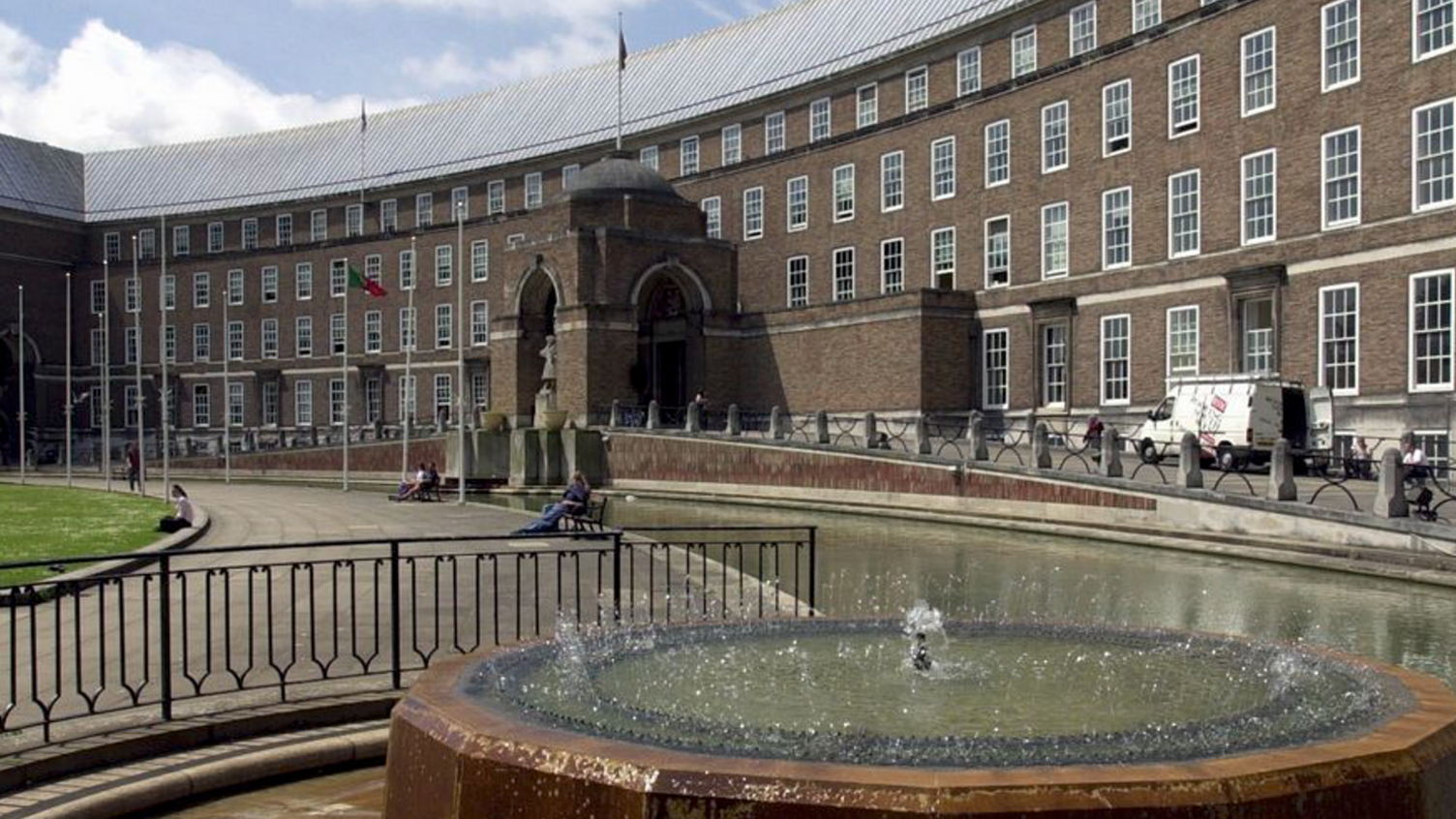Plans to build 35,000 homes by 2040 announced

The Local Plan was drawn up by a cross-party working group at Bristol City Council
At a glance
Bristol City Council announces plans to build almost 35,000 homes by 2040
The blueprint for the future of the city also includes allocating sites for offices, industry and community facilities
The council is set to discuss the plans on 31 October
- Published
Almost 35,000 new homes could be built in Bristol by 2040 as part of a major plan for how the city will look in the future.
The new draft Local Plan sets out how land in the city should be used, designating specific sites for housing, jobs, shops, leisure, transport, open space and community facilities.
Bristol Mayor, Marvin Rees, said there will be a focus on sustainability, which will bring "city-wide benefits".
The plan is set to be approved at a Bristol City Council meeting on 31 October, ahead of public consultation and submission to the Governmentās Planning Inspectorate, with a view to it coming into force by spring 2025.
Housing crisis
Most of the planned 34,650 homes will be built on 'brownfield sites' that have had previous development, such as Broadmead and Western Harbour.
But some of the existing greenbelt at Brislington, Bishopsworth and the proposed Longmoor Village next to Ashton Vale are earmarked for housing.
The number of homes will still not be enough to meet Bristol's needs, so neighbouring local authorities are being asked to accommodate some of the demand, according to the Local Democracy Reporting Service.
Mr Rees said: "We anticipate our population reaching 550,000 by 2050
"Building more homes... is key to meeting this demand and continuing to tackle the housing crisis."
Bristol Mayor Marvin Rees said the city desperately needs a Local Plan
The plan contains a number of sustainability targets, including:
New developments should be near transport links
One allotment for every 60 homes
A ban on artificial grass at new developments to help local wildlife flourish
A 'St Paul's green link' walking and cycling route created between Brunswick Square and St Agnes Park
Mr Rees said that "environmentally sustainable growth is essential as we tackle the climate and ecological emergencies".
Land has been allocated for offices and industry, and the plan also suggests a cap on the number of student homes built in each part of the city.
In his blog, Mr Rees said that the plan sets out the policies that applications will be judged against, at a time when 20,000 households are currently on the waiting list and 1,300 are in temporary accommodation.
āBristol desperately needs a Local Plan to make sure we grow well, with local communities benefiting from the change happening on their doorstep," he added.